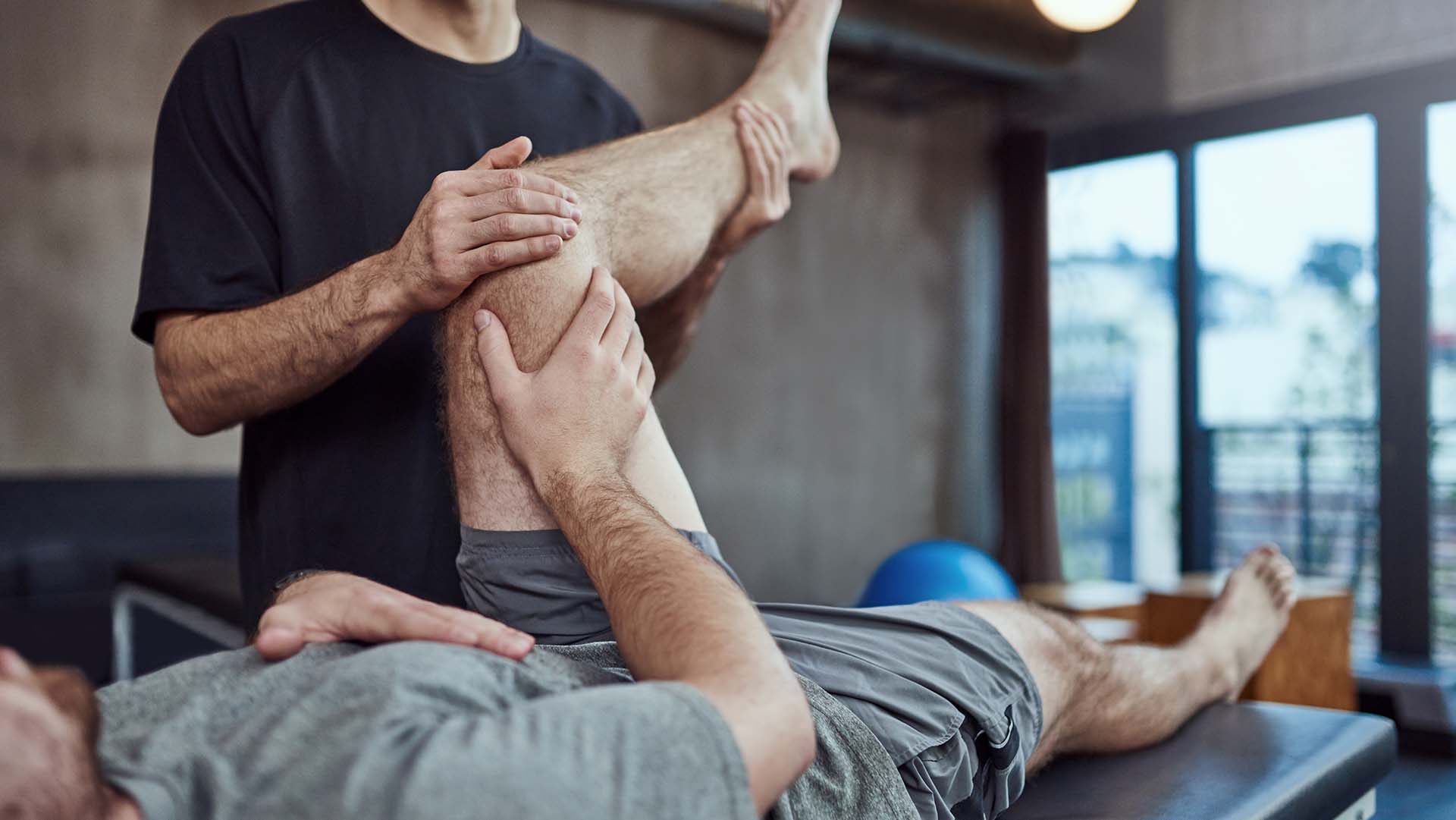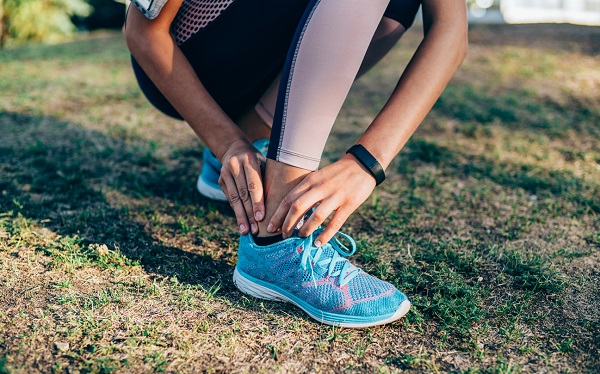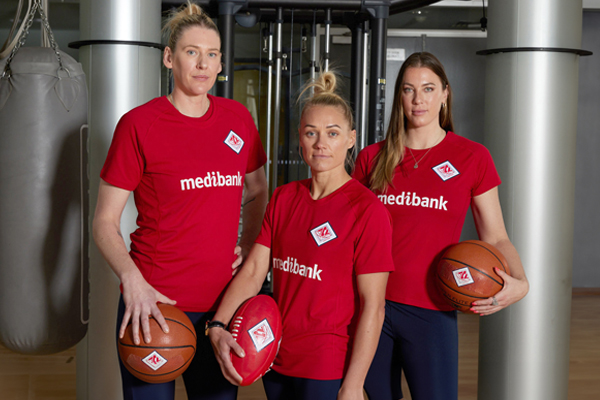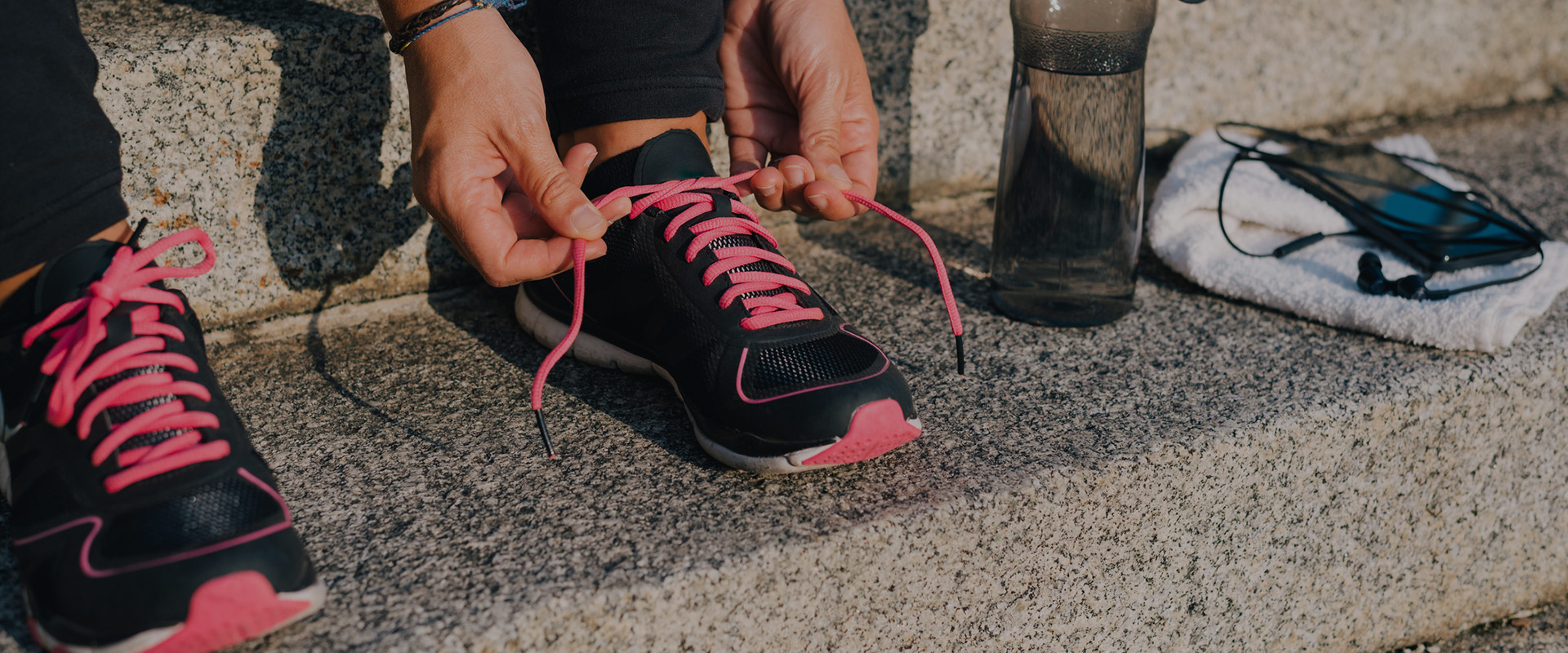-
Picture this: You recently rolled your ankle at netball. You’ve been assessed by your physiotherapist, and they’ve set you exercises to do at home.
After conscientiously following the physio’s advice for a few weeks, your symptoms settle down, so you return to your pre-injury activities and stop physio exercises. Fast forward three months later - you’re running to catch the tram and you roll your ankle again, but this time it’s more severe. Ouch.
Sound familiar? You’re not alone.
A truly great health practitioner will empower you to self-manage your injury. They should give you specific strategies to work into everyday life to reduce symptoms, restore and retrain optimal function, and reduce the risk of further damage.
Unfortunately, maintaining motivation to persevere with those strategies can be really tricky, especially when the injury is no longer interfering with your routine.
This is where goal setting can inspire you, and keep you disciplined as you embark on a rehabilitation (or fitness) journey. Establish small milestones, develop aims for next month and aspirations for beyond. A great example of this is the SMART goal method.
How to create SMART goals for recovery
S - Specific
Get your physiotherapist to help you target a specific area, with a clear understanding of how and why you will improve it.
M - Measurable
Define clear and measurable outcomes. Create tangible progress checks and evidence of completion to keep on track.
A - Achievable
Make goals achievable to avoid becoming demotivated. You should feel slightly challenged, but have the right knowledge, skills, and abilities to reach them.
R - Results-focused
Make your goals results, not actions. How will you know if you have reached your desired result?
T - Time-based
Establish a timeframe with a progressive and practical sense of urgency. Create goals that have tension between the current reality and the expected, goal reality.
Let’s return to our earlier scenario of a netball-related injury, and subsequent ankle injury. An example of SMART goals for rehabilitation from the second ankle injury might be:
Short term goals: Week 1-2
Reduce pain, swelling and joint stiffness to regain normal, pain-free, function and movement, and restore ease of activities of daily living. My ‘knee to wall’ lunge measurement should be within 2cm of the other leg.
Medium term goals: by the end of Week 4
Start a home exercise program aiming for symmetrical range of movement, strength, stability and proprioception (muscle contraction) between both ankles, working up to returning to netball training by the end of week 4. Must be able to complete 3 sets of 12 consecutive single leg calf raises off a step (bare foot and pain free) before getting back into jumping and running.
Long term goals: Week 6-8
Maintain my return-to-sport protocol consistently 3 to 4 times per week in the lead up to completing 2 full training sessions prior to being available for match selection.
By setting SMART goals to achieve your desired results, you can improve faster, rehabilitate quicker, and spend more time doing what you love. Just remember to reward yourself appropriately when you succeed!
After injury: how to set recovery goals


Better Knee, Better Me
This program typically combines personalised plans for exercise, weight loss and pain management that aims to help eligible members better manage painful knee osteoarthritis and help reduce the impact it has on their quality of life. Clinical and product eligibility criteria apply. Your program journey may be different depending on your needs.
-
How to walk 10,000 steps
Discover how to easily reach your goal of 10,000 steps daily.
-
Everything you need to know about parkrun
Been wondering what a parkrun looks like? Where do you go? What do you do? How do you sign up? Find out here.
-
Five ways to exercise when on a budget
You don’t need to spend money on gym memberships just to meet your fitness goals. Here are five free ways to stay healthy and active when you’re living on a budget.
-
How parkrun changed my life
Christie Farrow went from being an exercise-phobe to a true blue runner with parkrun.
-
Australia's top female athletes unite on ACL injury
Some of Australia's most talented athletes have joined forces to highlight the unique injury challenges women face.
-
How to create your perfect summer fitness plan
Be inspired by the sunshine and get moving
Subscribe to receive the best from Live Better every week. Healthy recipes, exercise tips and activities, offers and promotions – everything to help you eat, move and feel better.
By clicking sign up I understand and agree to Medibank's privacy policy






